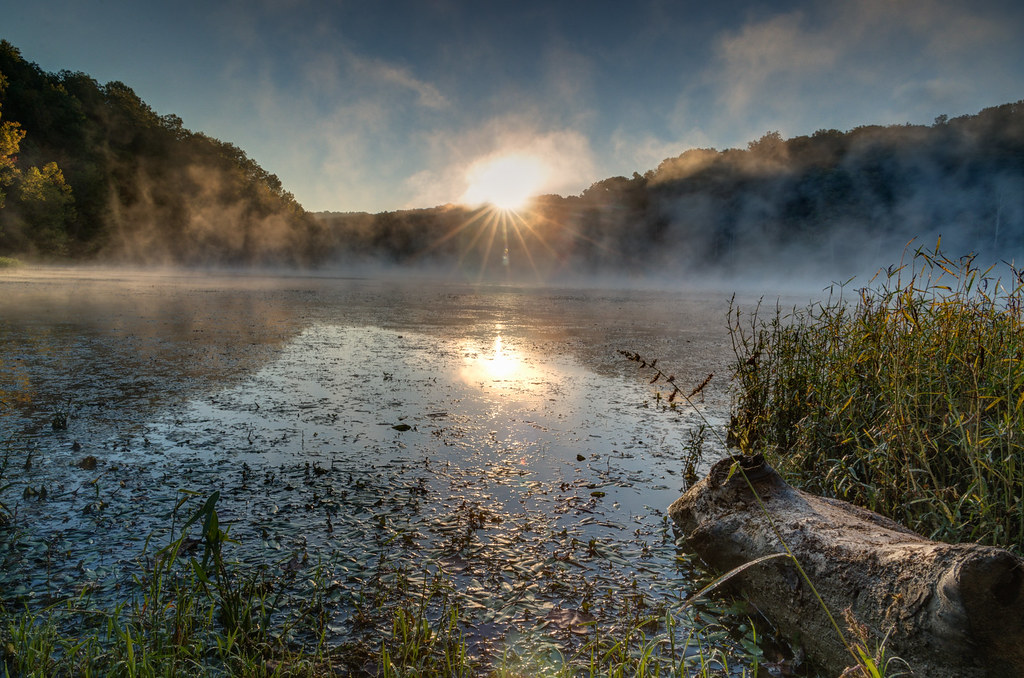First, remember that people typically show good stuff here, so don't get discouraged.
Second, the skill is to show the viewer what caused you to pick up the camera and take the shot. Sometimes all you have to do is press the shutter button, but sometimes you have to work at it. That's one reason to use a really wide aperture lens. You can make parts of the image blurry and parts sharply focused. The viewer knows right away where you want them to look.
Here is an example which may not be anything like your original idea. I cropped your shot, turned down all the colors except red, and used a graduated filter on the very flat sky. Right away, you can see how I looked at your shot. I saw the red boat against a background of mostly white boats, so I emphasized that difference. I cropped to put the red boat closer to an intersection of the "rule of thirds" lines, one third up and one third right. Cropping reduces the amount of sky and emphasizes the diagonal line of boats leading up to the red one. The graduated filter trick makes flat skies more interesting to me without doing something obviously fake.

I wouldn't spend a lot of time on these processing tricks unless I saw the photo that way in the first place. They are just examples of highlighting your original vision. Yes, that sounds like artistic claptrap but it's still something you should have. Just don't use that phrase around civilians.


 Similar Threads
Similar Threads 














 Post #18 by VisualDarkness
Post #18 by VisualDarkness








